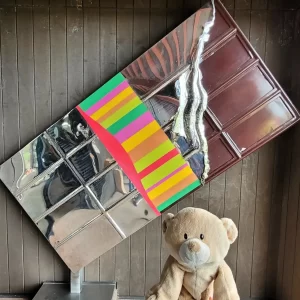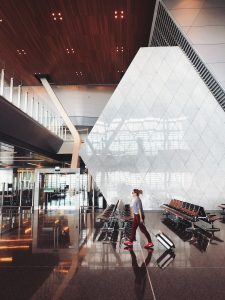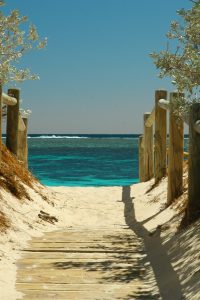
Do they cull dingoes on Fraser Island?
Fraser Island, located off the eastern coast of Australia, is not only known for its stunning natural beauty but also for its unique wildlife. One of the most iconic inhabitants of Fraser Island is the dingo, a type of wild dog that has captivated the interest of locals and tourists alike.
The importance of dingoes on Fraser Island
Dingoes have been a part of Fraser Island’s ecosystem for thousands of years and play a crucial role in maintaining the island’s biodiversity. As a top predator, dingoes help regulate the populations of other species, ensuring a balanced and healthy environment.
Moreover, dingoes are considered to be a key cultural symbol for the Butchulla people, the traditional owners of Fraser Island. These indigenous communities have a deep connection with the land and perceive dingoes as spiritual guides and protectors of their ancestral heritage.
Controversy surrounding dingo management
Despite their ecological and cultural significance, there have been ongoing debates and controversies regarding the management of dingoes on Fraser Island. One of the most contentious issues is the practice of culling, which involves reducing the dingo population through various methods, including lethal control measures.
Proponents of culling argue that it is necessary to protect the safety of residents and tourists visiting the island. There have been instances of dingoes displaying aggressive behavior towards humans, leading to concerns about public safety. Supporters of culling claim that controlling the dingo population can mitigate these risks and prevent potential conflicts.
However, opponents of culling argue that such practices are not only inhumane but also ineffective in the long run. They highlight that dingoes are a vital part of the island’s fragile ecosystem and removing them can have unintended consequences. Additionally, some scientists suggest that aggressive behavior by dingoes towards humans is often a result of human interaction and the feeding of dingoes, rather than their natural behavior.
The future of dingo management

Finding a balance between preserving the dingo population and ensuring public safety remains a challenge for the authorities responsible for managing Fraser Island. Instead of solely relying on culling, alternative approaches such as education and awareness programs have been proposed to promote coexistence between humans and dingoes.
These initiatives aim to educate residents, tourists, and other stakeholders about the importance of proper dingo behavior and respectful interaction. By raising awareness about the potential risks and benefits of dingoes, it is believed that a more harmonious relationship can be fostered, reducing the need for lethal control measures.
Ultimately, the future of dingo management on Fraser Island depends on finding a balanced and evidence-based approach that considers both the ecological significance of dingoes and the safety of humans. Collaboration between stakeholders, scientific research, and ongoing monitoring will be crucial in making informed decisions that ensure the long-term sustainability of this unique ecosystem.
In conclusion, the question of whether they cull dingoes on Fraser Island is a complex and controversial issue. While some argue for culling as a means of ensuring public safety, others emphasize the importance of dingoes as a keystone species and their cultural significance. As the debate continues, efforts to promote coexistence and understanding between humans and dingoes are crucial for the future of Fraser Island and its iconic wildlife.








